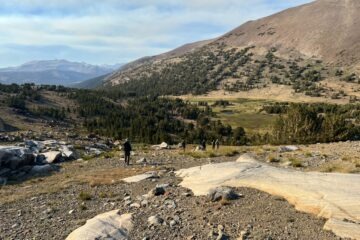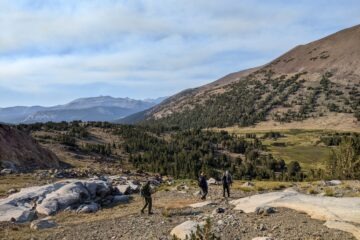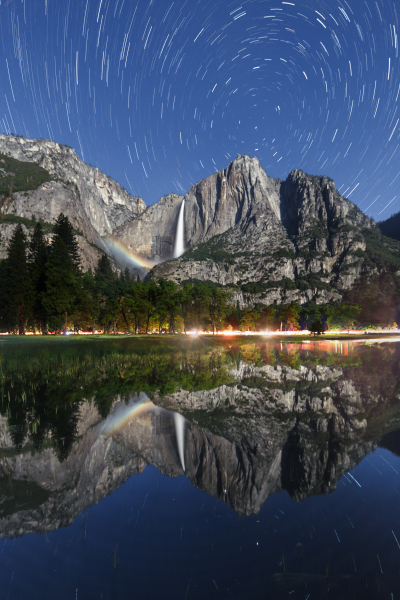
When daylight dances on Yosemite’s cliffs and waterfalls, it’s hard to imagine a more breathtaking setting. After the sun sets, though, another wave of majesty washes over the park, drawing attention to features that might otherwise escape your gaze: the silhouette of a distant peak, the glow of headlamps as climbers nestle in for a night on El Capitan, and, of course, the celestial scenery overhead.
Maybe you find yourself exploring the park after dark because you’re eager to try out a new telescope, or because your alarm blared at 2 a.m. to mark the start of a Half Dome trek. Whatever the reason, being outside in Yosemite between dusk and dawn gives you a chance to see the park at its most serene.
As you explore a world normally populated by nocturnal animals and night-owl photographers, you’ll get a fresh perspective on why people have worked for generations to protect this magical place.
Now, the question of the hour (or in this case, the after-hours): What to do while out after dark?
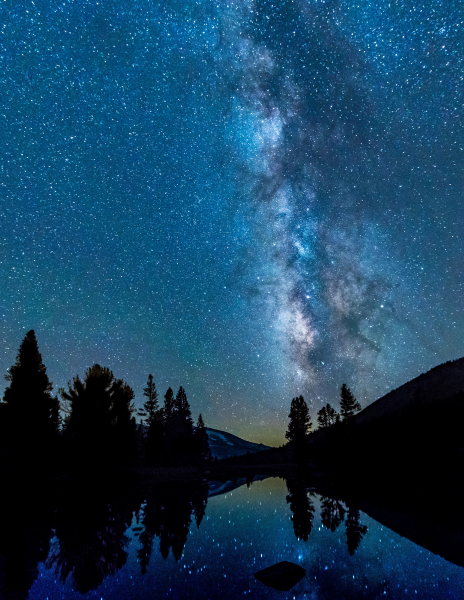
Get your gaze on
Opportunities for epic night-sky gazing abound in Yosemite. With limited light pollution, the park is a perfect place to look beyond our own planet and get a glimpse of our galactic home, the Milky Way. Time an after-dark stroll to the lunar phases: Wander during a new moon to admire far-off stars, or go for a walk when the orb is full to see how the bright light illuminates rock walls and still lakes.
If you’re thirsty for some stellar expertise, head to Glacier Point for a “star party” with a local astronomy club (typically June-August), check the Yosemite Guide for ranger- and naturalist-led evening programs, or join one of our guides for a full moon hike (see our Outdoor Adventures calendar for upcoming opportunities).
And if it’s cloudy, keep your stargazing indoors: Stop by the Yosemite Theater to see the stars of the park stage!
Be a star photographer
The old picture is worth a thousand words cliché often seems apt in Yosemite — perhaps no more so than at night, when serene starlit scenes can defy description. With a little practice and patience (and plenty of time playing with your camera settings), you can capture shots that will help you remember and share the experience of being out in the park after dark.
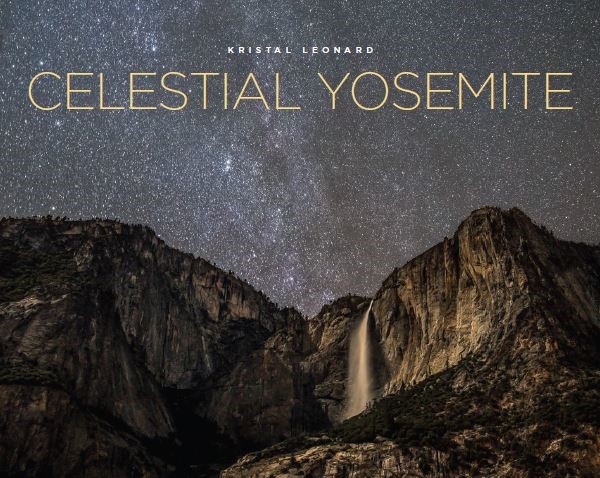 Even at night, photo subjects are plentiful in the park. See if you can spot the Milky Way over the high country, or focus on a sliver of moon hanging over Half Dome. Use long-exposure methods to capture star trails, sparkling arcs that trace the apparent “movement” of stars as the Earth spins. During full moons in spring, aim your lens at Yosemite Falls to find “moonbows” in the mist. Lunar rainbows aren’t visible to the naked eye, but make for some spectacular images when captured on camera.
Even at night, photo subjects are plentiful in the park. See if you can spot the Milky Way over the high country, or focus on a sliver of moon hanging over Half Dome. Use long-exposure methods to capture star trails, sparkling arcs that trace the apparent “movement” of stars as the Earth spins. During full moons in spring, aim your lens at Yosemite Falls to find “moonbows” in the mist. Lunar rainbows aren’t visible to the naked eye, but make for some spectacular images when captured on camera.
If you need some inspiration — or would rather leave the astrophotography to a pro — pick up a copy of Kristal Leonard’s Celestial Yosemite book (available in our online bookstore).
Wonder at wildlife
Nightfall in Yosemite lends itself to appreciating not only the vast universe, but also our own relatively small planetary home and the creatures it supports. As most of us wrap up our diurnal (active during the day) activities, a variety of crepuscular (active at dusk and dawn) and nocturnal (active at night) animals emerge from their roosts and dens.
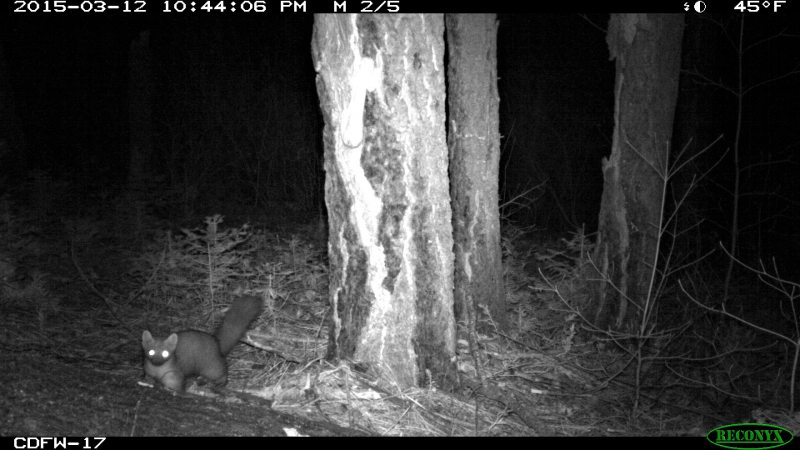 If you’re out in Yosemite after sunset, you might see bats swooping through the sky. The park provides a home for 17 bat species, including five California Species of Special Concern: the western red bat, spotted bat, Townsend’s big-eared bat, pallid bat and western mastiff bat.
If you’re out in Yosemite after sunset, you might see bats swooping through the sky. The park provides a home for 17 bat species, including five California Species of Special Concern: the western red bat, spotted bat, Townsend’s big-eared bat, pallid bat and western mastiff bat.
While the high-pitched echolocation calls bats use to navigate are beyond human hearing range (scientists are using grant-funded Bat Channel equipment to record and visually display those sounds), other animal noises ripple through the night: hoots from hunting owls, howls from coyote packs, barks from gray foxes.
You might stumble across biologists during your after-dark excursions, too! As with bats, Yosemite scientists use remote cameras, late-night surveys, and other special tools and techniques to study a number of night-loving species, including river otters and raccoons, great gray and spotted owls, and the rare Sierra Nevada red fox.
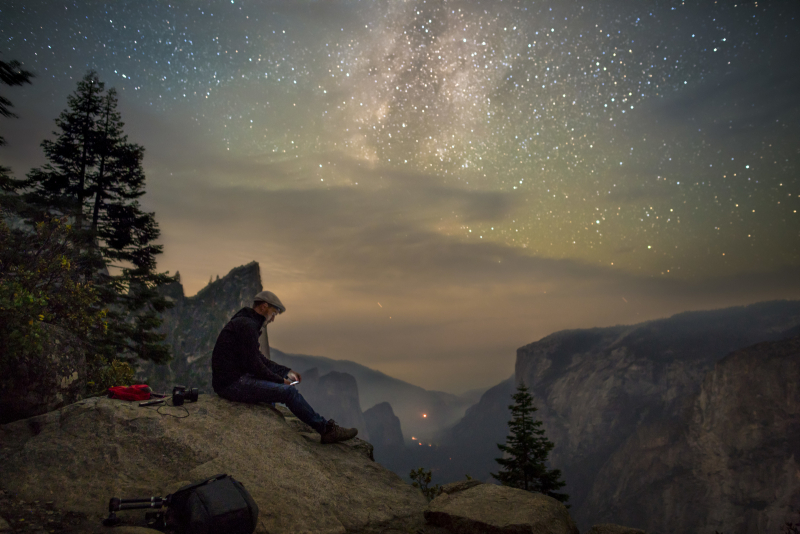
Ready to plan a late-night (or early, early morning) Yosemite experience? Keep an eye on our Outdoor Adventures calendar for full-moon hikes, moonbow photography workshops, and other after-dark experiences. Whenever you head out to enjoy the park at night, be sure to bring a flashlight or headlamp, extra batteries, and warm layers. Even if you’re not planning to stay out past sunset, those items should be in your pack whenever you hit the trail, in case you make a wrong turn or get inspired to stick around for some stargazing.
Have you experienced Yosemite at night? Share your #ParkAfterDark shots with us on Facebook, Instagram and Flickr for a chance to be featured on our social media!
Main image: A high-altitude lake in Yosemite provides a perfect mirror for the Delta Aquarid meteor shower. Photo: © Jeff Sullivan


